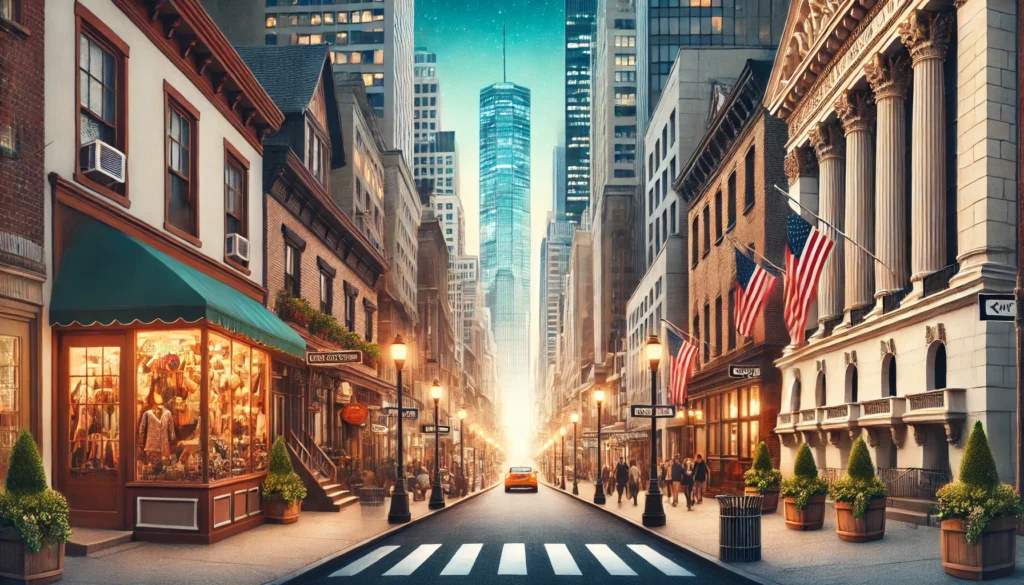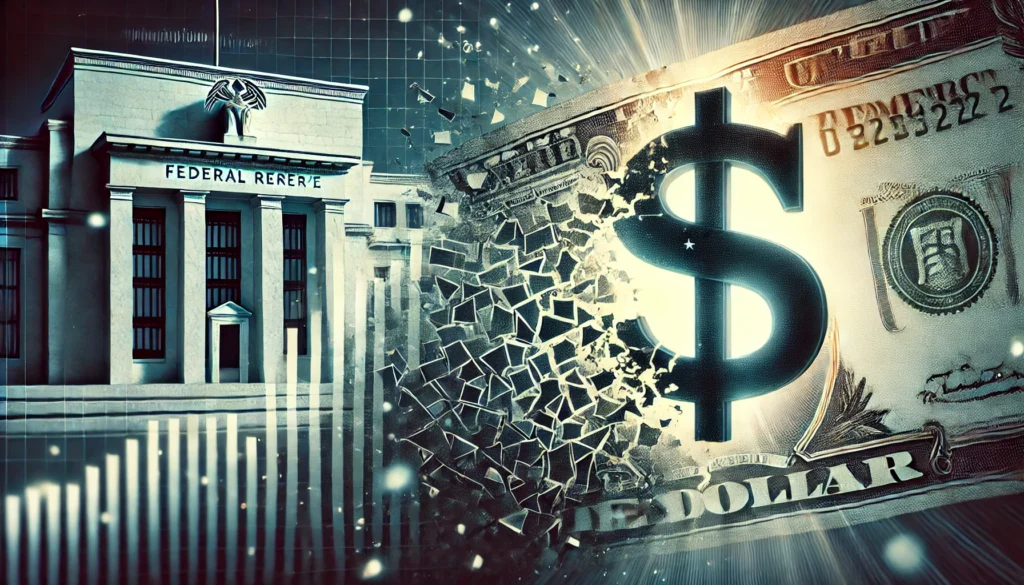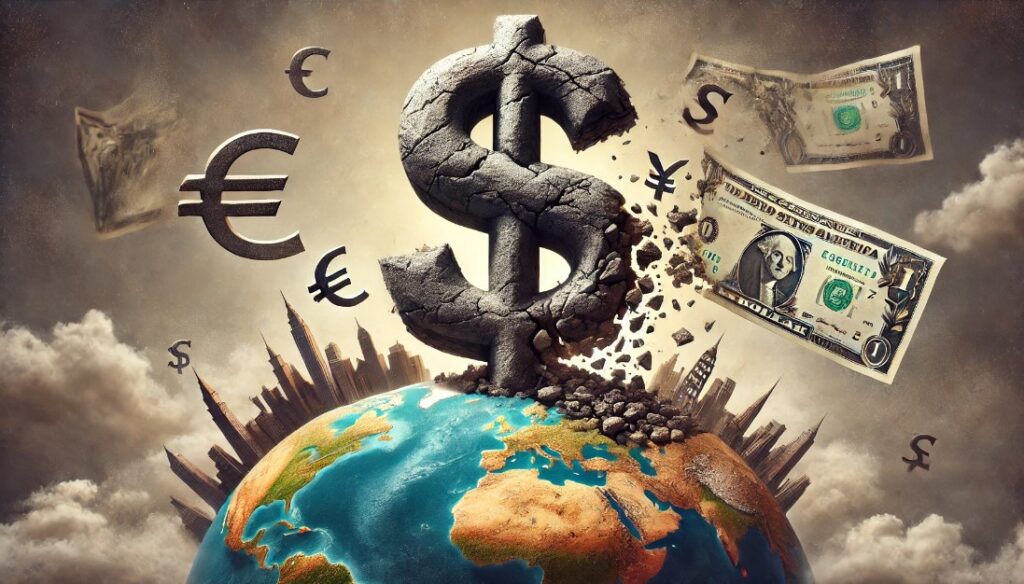Wall Street has too much wealth and political power. – Charlie Munger
Dear Reader,
There’s been a shift. The Democratic Party’s relationship with the middle class isn’t what it used to be. Look back, and you’ll see when it started. The 1980s, the 1990s—those were the early days. Then came the Clinton administration, and things took a sharper turn. Pro-business policies, big donor contributions. A whole new world.
- The Democratic Party’s shift toward Wall Street started in the Clinton era, prioritizing corporate interests over middle-class protections.
- Dependence on wealthy donors and corporate contributions has pushed Democrats to focus more on social issues than middle-class economic concerns.
- Critics argue that while the middle class isn’t abandoned, the party’s increased alignment with elite interests strains its traditional alliances
With NAFTA and the repeal of Glass-Steagall, middle-class workers felt the impact. Factories moved. Jobs disappeared. Wall Street thrived. The unions knew it. They saw their protection slipping away. The message was clear: corporate interests came first.
Then came Obama. He campaigned on reform. Promised to fix what Wall Street broke. But when the 2008 crisis hit, things didn’t go as planned. The Dodd-Frank Act? It was a bandage on a bullet wound. The big players on Wall Street were bruised, not broken. Critics said Obama’s reforms fell short—too little, too late.
And the money? It kept flowing. Campaign finance laws opened the floodgates, and the 2010 Citizens United ruling let corporations pour unlimited cash into politics. Wealthy donors, Wall Street, Silicon Valley—these were the new kingmakers. Democrats needed their money, so they courted it. And as the cost of campaigns skyrocketed, the party found itself leaning on the very elites it once promised to rein in.
Today, social issues are the priority. Environmental justice, equity, and progressive policies draw headlines. And sure, these issues matter. But where’s the focus on middle-class bread-and-butter concerns? Affordable healthcare, jobs, security? For some voters, the answer is simple: it’s missing. They say the party now champions corporate-friendly causes like renewable energy and tech over middle-class stability.
The Democratic Party hasn’t abandoned the middle class entirely, but the change is hard to miss. Ties to Wall Street run deep. Dependence on big donors keeps growing. And with it, the middle class feels more like an afterthought. The party’s balancing act is wearing thin, and a new direction is on the horizon.
Billionaires are casting their lot with Harris/Walz… 83, the latest count according to Forbes.
The Morning Muster



